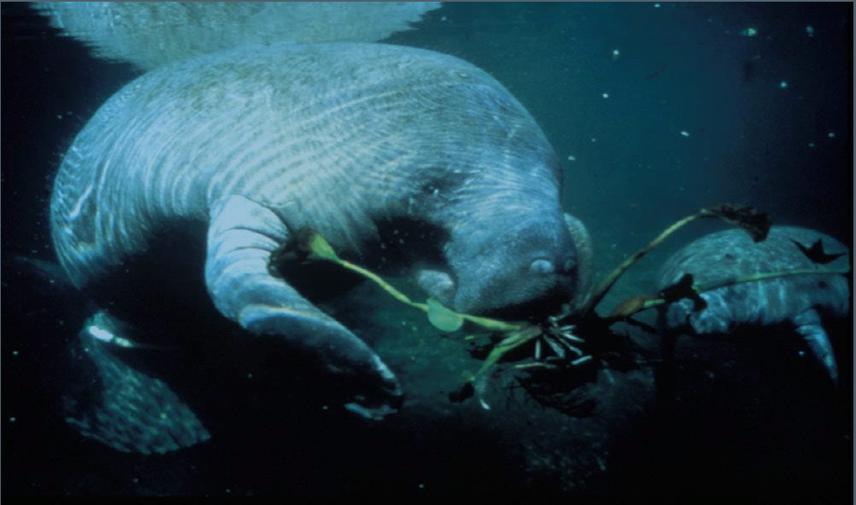Lenin Riquelme
Other projects
23 Feb 2005
Abundance, Distribution and Conservation of the Antillean Manatee in Panama´s Caribbean Coast (Phase I)
29 Aug 2008
Abundance, Distribution and Conservation of the Antillean Manatee in Panama´s Caribbean Coast (Phase II)
A Booster Grant will be used to implement the conservation plan for San San Pondsak Wildlife Sanctuary, including an in-depth study to identify the type and number of plants that manatees feed, develop guidelines for manatee watching and collaborate in improving and/or relocating manatee observation platforms.

Research and conservation work on the Antillean Manatee started in 2004 and continues up to this day. Research outputs include a reliable survey of the manatee population in San San Pondsak and Jugli-Damani lagoons, including data indicating that their population may be increasing but new threats have arisen; the survey has evolved into a permanent monitoring program. Research indicated also that there is a viable population of manatees in the Panama Canal and that there are stray individuals living in unprotected sites. This work has resulted into an increased interest in protecting the species as reflected in the creation of new protected sanctuary, the Guariviara-Damani Wetlands- the use of the manatee as an ecosystem health indicator in the Panama Canal Watershed, the drafting of UNEP´s Regional Management Plan for the Antillean Manatee and a Tri-National Manatee Management Plan, and the subsequent carrying out of the first two Mesoamerican Symposia on Manatee as well as the publication of research results in scientific journals.
With basic research already completed and management plans already drafted, it´s time to implement on-site management. In San San Pondsak, management of the manatee population implies three main activities: a) a study on manatee diet to identify the plants they feed on and their nutritional value, b) Develop guidelines for manatee watching in the wild and associated activities, including an activities manual, and c) improvement and/or relocation of manatee observation platforms. The manatee diet study will result on the identification and official protection of plant species, while the manatee watching guidelines will be legally adopted and used by tourism operators. Improvements in manatee watching platforms will increase the interest on tourism operators and tourists in coming to see the manatees while creating a new ecotourism niche that will economically benefit San San Pondsak´s dwellers and increase public support for continued on-site protection of the species and its habitat.
The Study on manatee diet will yield information to be used to protect critical plant species, especially in areas with aquatic contamination from agricultural runoff, such as that from banana plantations and/or cattling. The Guidelines for manatee watching in the wild and associated activities will serve for tourism operators and service providers to avoid interfering with the manatee´s natural lives, particularly averting the possibility of watercraft related deaths and sound pollution. Adherence to these guidelines will be legally enforced by field personnel from the National Environmental Authority (ANAM). The guidelines will include a manual of activities associated with manatees carefully outlining recommended activities, ways to examine their potential effects on manatees, and steps to take in case those activities are identified to have a negative impact. The Improvement and/or relocation of observation platforms will be helpful in raising people’s awareness of manatee protection and increasing conservation efforts and providing an alternative means of economic support for local communities.